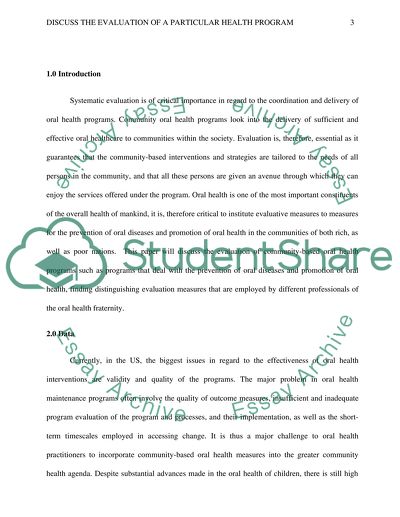Cite this document
(“Discuss the Evaluation of a Particular Health Program Term Paper”, n.d.)
Retrieved from https://studentshare.org/health-sciences-medicine/1444584-discuss-the-evaluation-of-a-particular-health
Retrieved from https://studentshare.org/health-sciences-medicine/1444584-discuss-the-evaluation-of-a-particular-health
(Discuss the Evaluation of a Particular Health Program Term Paper)
https://studentshare.org/health-sciences-medicine/1444584-discuss-the-evaluation-of-a-particular-health.
https://studentshare.org/health-sciences-medicine/1444584-discuss-the-evaluation-of-a-particular-health.
“Discuss the Evaluation of a Particular Health Program Term Paper”, n.d. https://studentshare.org/health-sciences-medicine/1444584-discuss-the-evaluation-of-a-particular-health.


